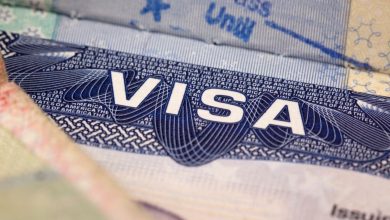With Record Turnout, Zahran Mamdani Wins New York City Mayoral Election
Zahran Mamdani becomes New York’s first Muslim and youngest mayor in over a century after a historic election marked by the highest voter turnout in 50 years.

In his victory speech before an electrified crowd in Queens, Mamdani declared that the election results represent “a popular mandate for a new political path — one that puts working people first.”
He described his triumph as “the end of a political dynasty”, referencing the long-standing influence of the Cuomo family in New York politics.
“We have toppled a political dynasty,” Mamdani said. “I wish Andrew Cuomo a happy private life — and let this be the last time I ever have to say his name.”
Even former President Donald Trump’s endorsement of Cuomo and his threats to cut federal funding to New York in the event of Mamdani’s victory failed to shift the outcome. Mamdani’s campaign successfully mobilized youth, immigrant, and working-class voters across boroughs.
A Reformist Vision for a Fairer City
Mamdani outlined an ambitious plan for his administration that blends social justice with practical governance:
-
Freeze rent increases for over 2 million tenants
-
Launch free, fast bus routes to improve citywide transit
-
Provide universal childcare for working families
-
Boost public safety by combining police work with mental health services
-
Crack down on corruption and exploitative landlords
He also vowed to protect immigrant rights, fight Islamophobia and antisemitism, and make New York “a city that belongs to everyone — regardless of background, religion, or status.”

National Implications
Mamdani’s victory comes amid a broader Democratic resurgence across several states, including Virginia, New Jersey, and California, marking the party’s first major wave of wins since the general election losses.
As the youngest and first Muslim mayor in New York’s history, Mamdani is poised to redefine the city’s progressive politics — and possibly challenge the White House in future policy battles.



